At one time, they were prominent advertisements hawking biscuits, tires, soft drinks, 10-cent parking and more.
Today, the large, faded signs painted on the sides of buildings in the Twin Cities are ghostly remnants reflecting the cities’ historic past. Typically found toward the tops of buildings, the advertisements can still be seen in downtown Lewiston and on several other buildings, and even barns, in surrounding towns. They are all that remain of what was once a popular mode of advertising.
Now called ghost signs, the advertisements serve less of a purpose these days in our technologically advanced society. But in the early 20th century, they were one of the most popular ways of advertising because they could be seen from passing vehicles, according to historic preservation specialist and Maine Preservation trustee Anastasia Azenaro-Moore.
Companies would often bargain with business and property owners to place ads on their buildings. In exchange they would often have a painted ad of the person’s business placed on the building too or pay them cash, she said.
A Nabisco (National Biscuit Company) cracker sign and a Coca-Cola sign can still be seen on two different downtown Lewiston buildings. The two companies placed a lot of painted advertisements on buildings across the country, Azenaro-Moore said, noting that the white paint in the advertisements can still be seen because it lasts longer than other colors.
Painted advertisements on buildings were popular until about the ’40s or ’50s, when cheaper modes of advertising to the passing public became prevalent, such as window signs and neon signs, she said.
Advertising trends have changed dramatically over the decades since painted building signs were popular. Newspaper, television, radio and magazine advertising all grabbed a piece of the advertising pie. And since the beginning of the century, online advertising has skyrocketed. Online advertising revenue in 2000 was $8.09 billion. By 2022, it had grown by 2,492% to $209.7 billion, according to data from Statista.
Meanwhile, painted walls are making a comeback in Lewiston and other cities in the form of artful murals that in some cases continue to serve as a form of advertising.
For instance, for Rainbow Bicycle owner John Grenier in Lewiston, the bike mural on his Lisbon Street building is a way for people to locate his business when driving down busy Lisbon Street. He can tell people to look for the image when giving directions to his shop.
Though he does not think it has brought him extra business, it has made his shop easier to find while adding color to the downtown, he said.
“(It’s) nothing that somebody’s just going to look at and say ‘That’s just gaudy advertising,’” he said. “I wanted something that would connect to bicycles and our color and, you know, be an attractive thing in the downtown.”
There are no specific state or municipal laws regulating outside murals on buildings, according to Misty Parker, assistant director of economic and community development for the city of Lewiston. Though there are some regulations for historic buildings.
The growing number of murals in Lewiston are part of the city’s tradition of public art, which include the ghost signs, Parker said. The historic advertisements have become iconic in the area.
Ghost signs have become culturally and historically significant to the downtowns where they can still be seen, Azenaro-Moore agreed. “Ghost signs are a really unique way to connect with our past as well, you know, beyond the art form of it,” she said. “Being able to walk downtown you really get a sense to see how your city was 100 years ago.”

An advertisement promoting a fading beverage can be seen on the side of Roy’s Foodland on Broad Street in Auburn. Russ Dillingham/Sun Journal
‘SAFETY, CURIOSITY, EXPLORATION AND WONDER’
When Clint Magoon feels inspired, he loses all track of time, spending sometimes 80 hours on his painting in one week. “Time just doesn’t exist when I’m painting,” he said. He struggled in school but always excelled at art, winning a national art contest as a teen in the ’80s and being the subject of two “Today Show” segments around that time.
Whether painting, etching glass or creating murals, he is an artist for hire and also sells his own paintings. He has painted some of the murals found around Lewiston, along with murals on buildings in other Maine towns. Over the last few years, the Lewiston resident has noticed several other wall murals crop up around the city.
Currently, Magoon is working on a Lewiston Monopoly mural on the side of the 379 Lisbon St. building where the Lewiston Pawn Shop is located in Lewiston, in the shadow of the well-known Uneeda Biscuit ghost sign. He thinks the murals people like the best are the ones they can take pictures with and he hopes his becomes one of those murals.
As a visual person, he paints freehand with latex paint, which tends to last longer than paints used in air brushing systems, he said. Using ladders instead of lifts helps him work closer to the building while he freehands his murals.
Jared Goulette, who painted the blue jay mural on the side of 173 Main St. in Lewiston, just up the street from the intersection with Lisbon Street, uses spray paints made in Germany, along with primer, he said in a recent email.
Most of the time his mural designs are a collaborative effort with the property owner, he said. It is a public interactive art medium that adds value to a building and area. Property owners are essentially buying art to share with the community.
“Murals can bring with them a sense of safety, curiosity, exploration and wonder,” he said. “I really enjoy hearing how people interpret and see my murals, as well as hearing people tell me how much of a positive impact my large-scale artwork has on the communities in which I paint them.”

An example of trompe l’oeil appears on the side of Baxter Brewing in Lewiston. Russ Dillingham/Sun Journal
FIGHTING A NEGATIVE SELF-PERCEPTION
When Lewiston Detective Joseph Philippon visited Richmond, Virginia, five years ago for a police conference, the city’s public art caught his eye, he said. There was a different atmosphere there than in Lewiston. The art installations there brought life, positivity and “good vibes.”
Before that visit, he was indifferent to public art, but his experience in Richmond sold him on the benefits, he said.
Aside from adding color to downtown areas, public art contributes to a community’s economic growth, according to Parker. Business owners and entrepreneurs are more attracted to cities with an active and dynamic cultural scene.
Arts and cultural economic activity nationally increased by 13.7% in 2021, according to the Bureau of Economic Analysis. Arts and cultural employment grew 5% nationally in 2021, but Maine experienced the highest increase among all states with a 12% increase that year.
When Philippon returned to Lewiston he started connecting property owners to muralists who could bring public art to downtown streets, he said. It has become sort of a side job for him.
He cold-called multiple property owners until he came across the new owner of 124 Bartlett St., who was eager to integrate himself into the community, Philippon said. He was able to put the property owner in touch with Goulette, who painted a vibrant flora image on the side of the building. Goulette will paint another mural at 86 Lisbon St. that is expected to be completed sometime this year.
Though some property owners are more involved with the mural design process than others, all understand the importance of image and atmosphere, Philippon said.
Whether it is a wall mural or painted fire hydrant, the images brighten people’s day and invoke questions, bringing art to everyone, especially those who cannot otherwise access it, Parker noted.
Four murals have been added to Lewiston buildings so far this year alone, with a fifth one on the way, she said. Two of them were funded through remaining grant funds from the federal government’s Choice Neighborhoods program.
The city received a $1.3 million grant through that program in 2018, according to Parker. It was used for various projects around town and the last little bit of it was used to fund two murals.
Despite the growing emphasis on using buildings for artistic purposes, no one is predicting a return to large-scale product advertising, like the iconic Uneeda Biscuit sign. But Parker is among those hoping the number of murals on buildings will continue to climb in the city. In fact, she’s hoping that next year’s number will surpass the five that were installed this year. She is impressed that so many people in the community have joined the effort to bring public art to downtown.
“I think that’s a shared vision that residents, business owners and the city all have and it’s been wonderful to see everyone playing their own role in this,” she said.
Philippon thinks the murals can help fight a negative self-perception some residents have about the city, he said. Art can be a transformative experience, allowing people to see things differently. It is exactly what he hoped would happen when he started his efforts five years ago. The city has become demographically diverse and that is reflected in the city’s diverse public art.
“I think it’s like diversity — diversity and art,” he said. “It’s much like our community, which is also diverse, you know. Different looks, different shapes, different colors, different textures. You name it, but I think it’s all important and it creates that overall atmosphere that I think also represents the possibilities that are here.”
Send questions/comments to the editors.

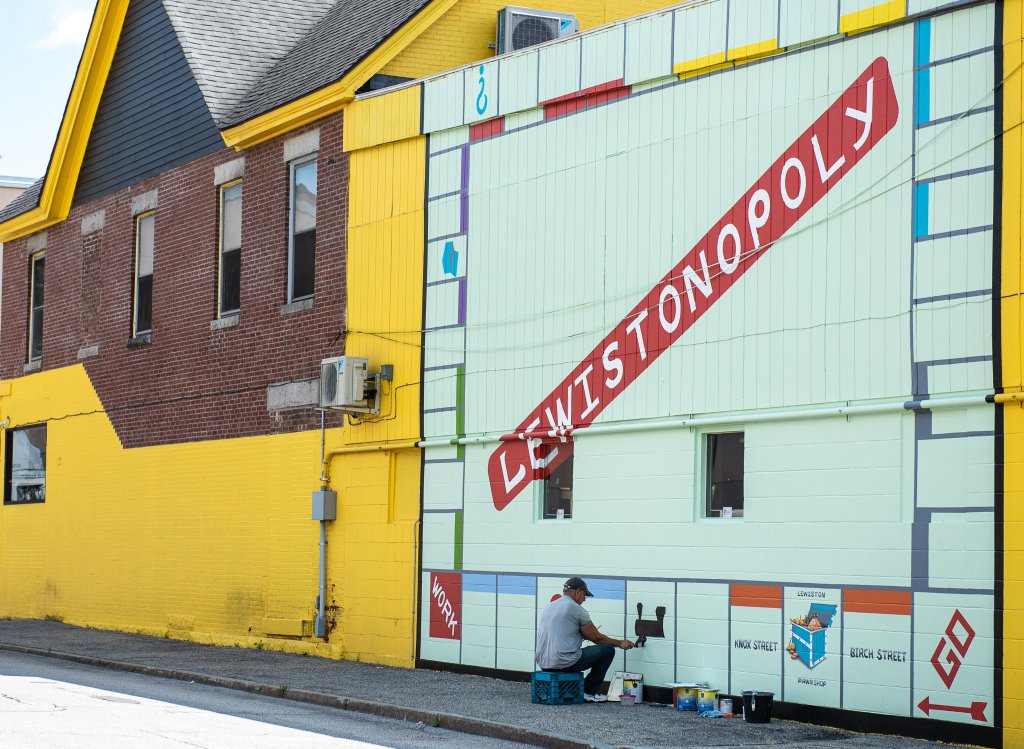
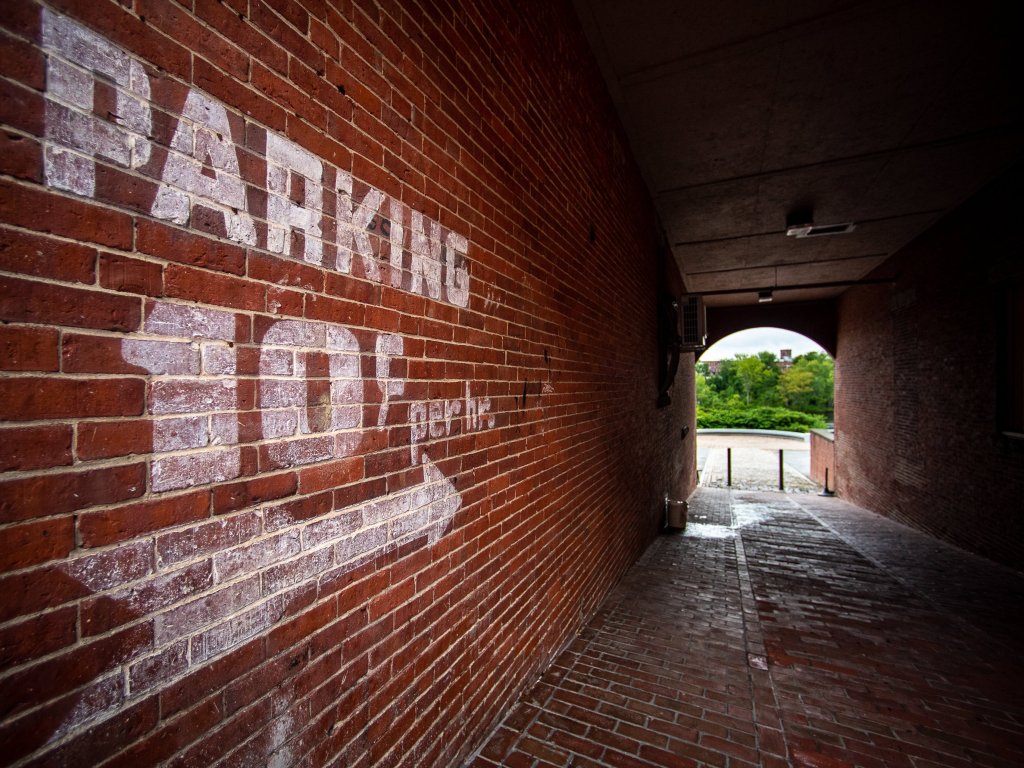

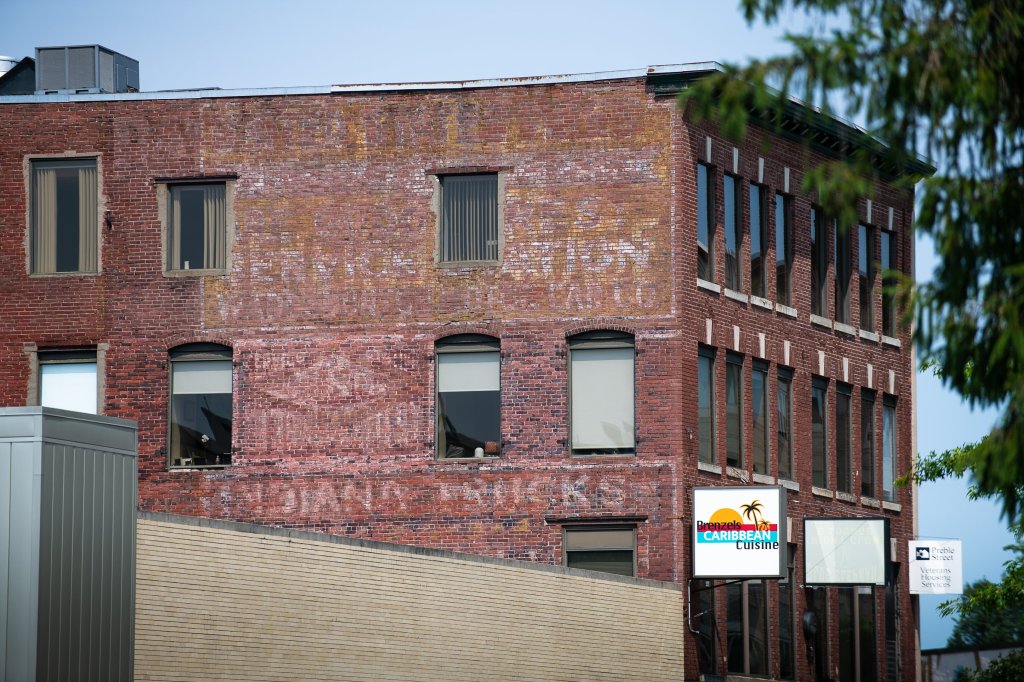
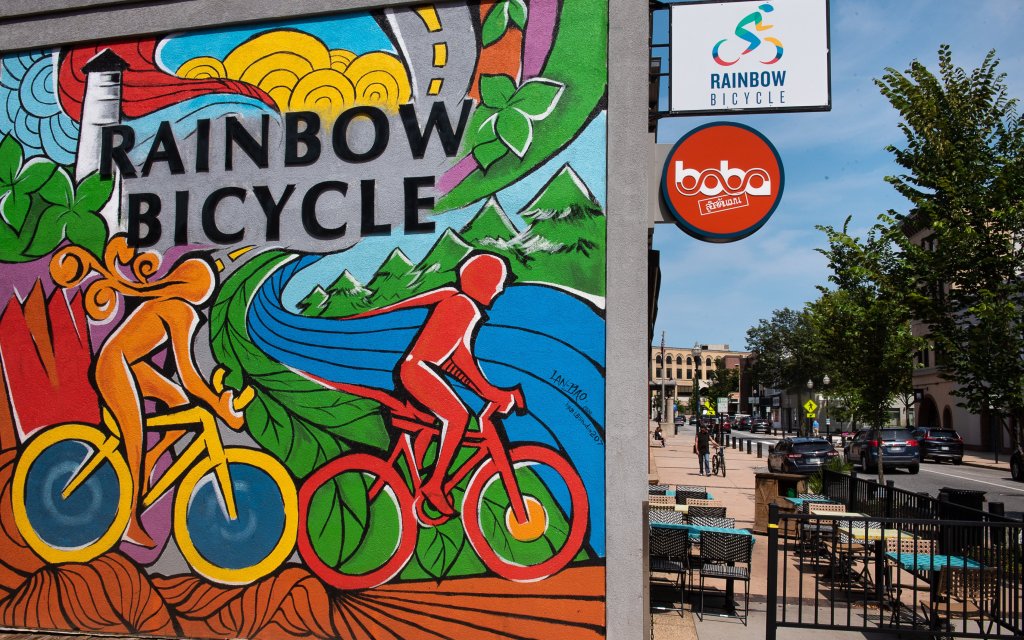
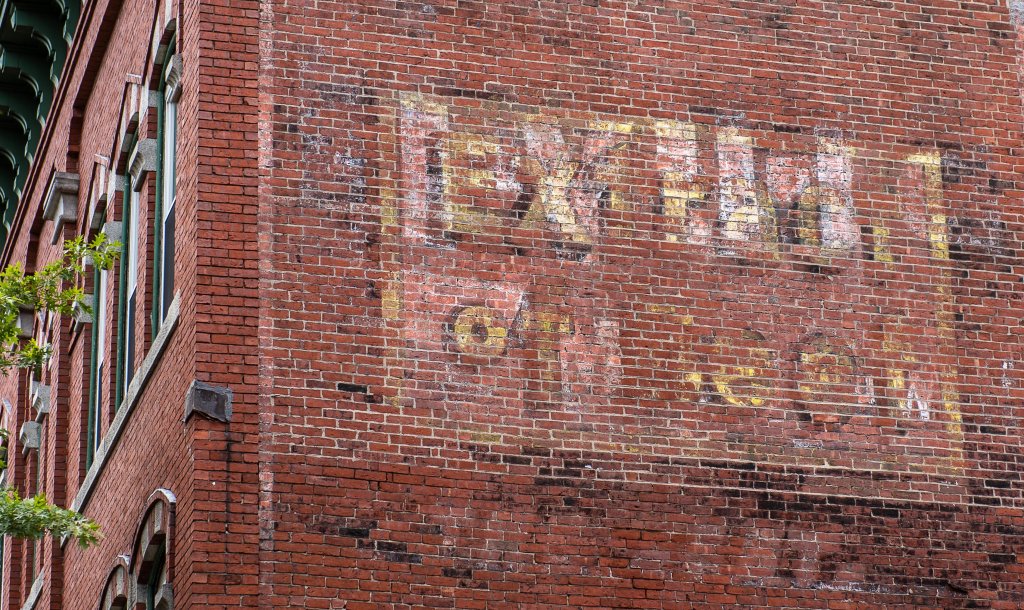
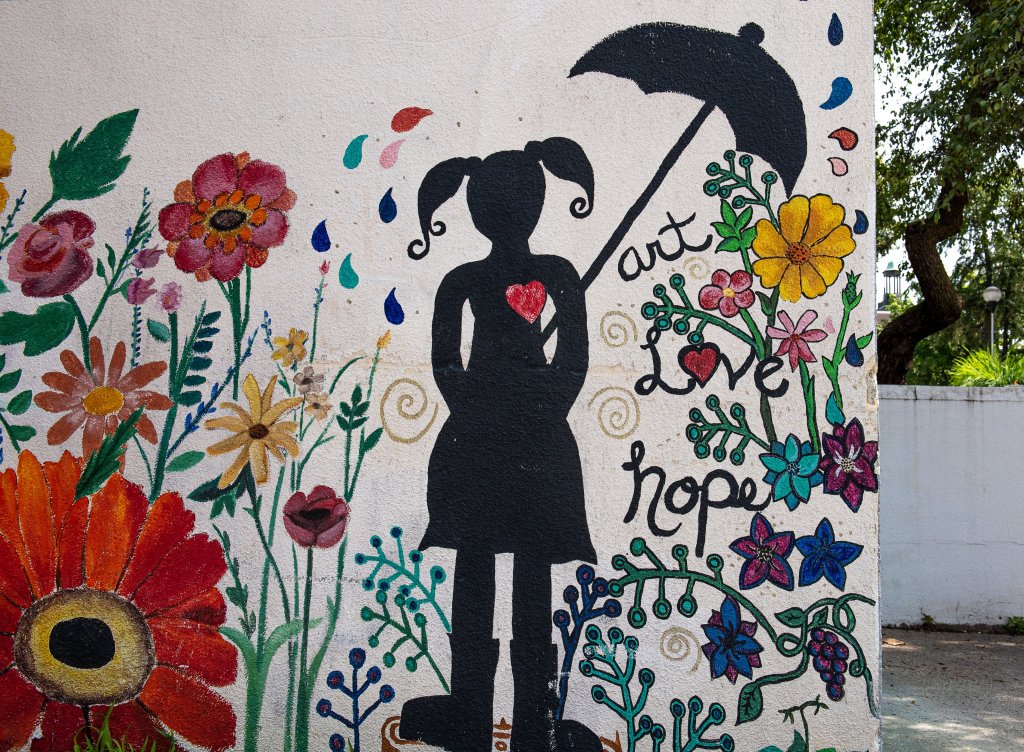
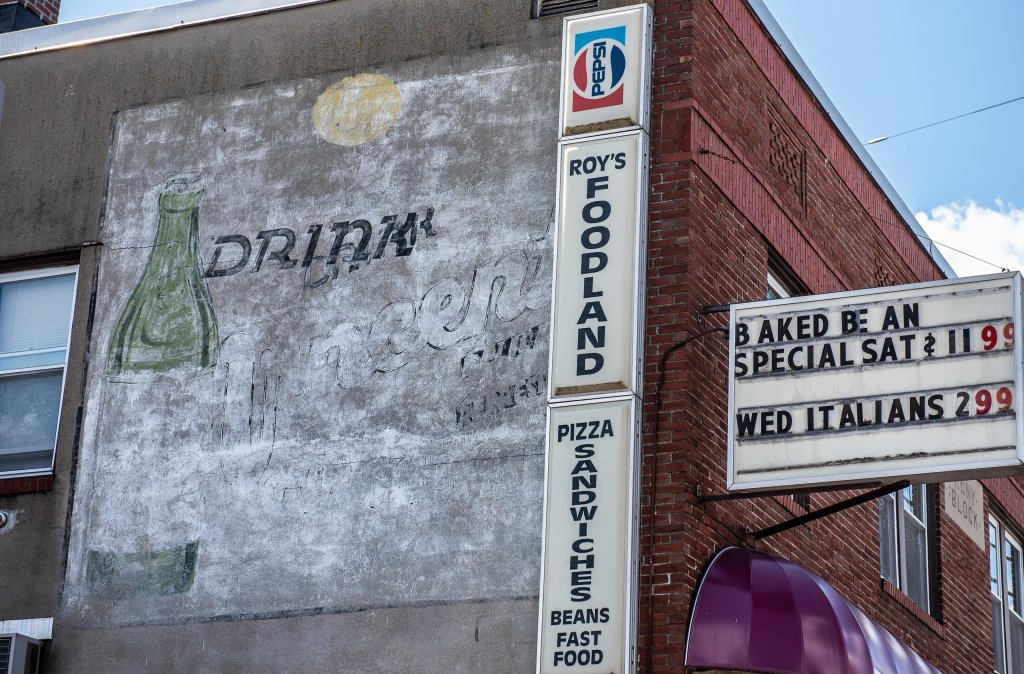

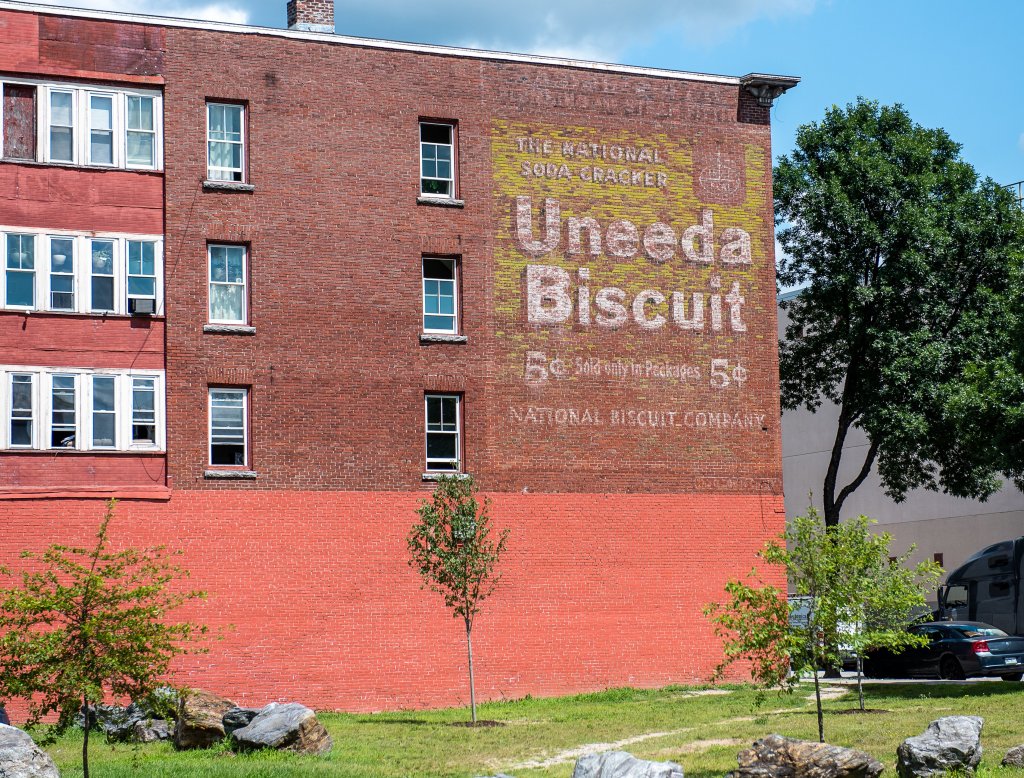




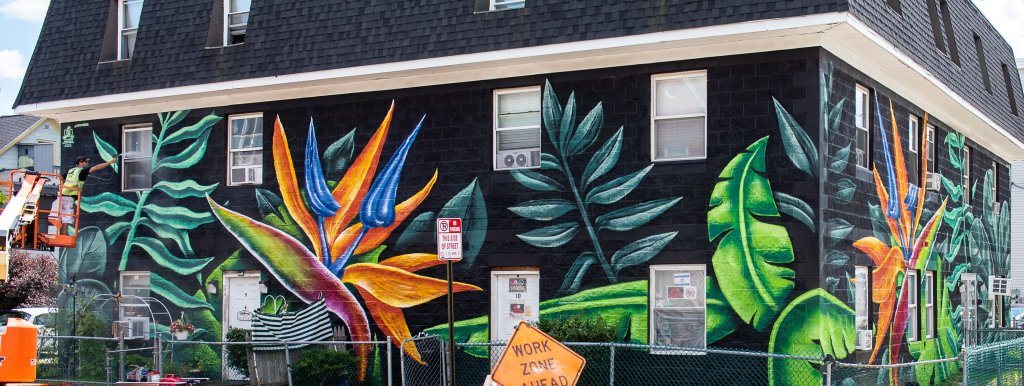
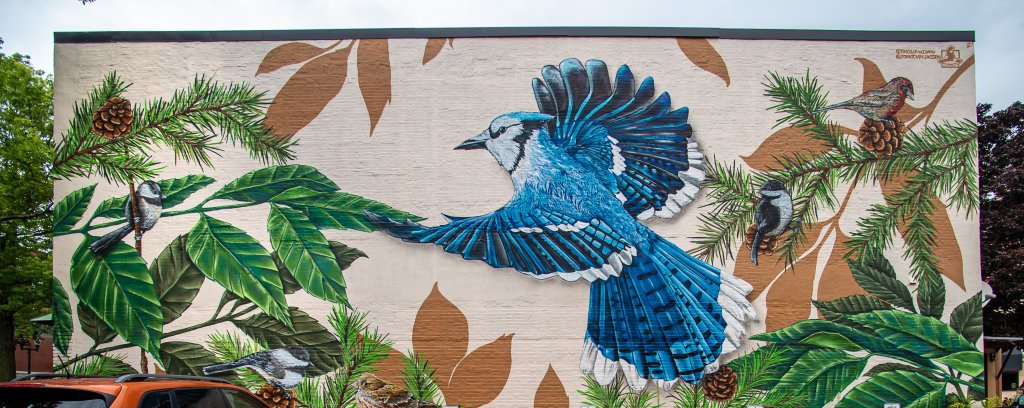
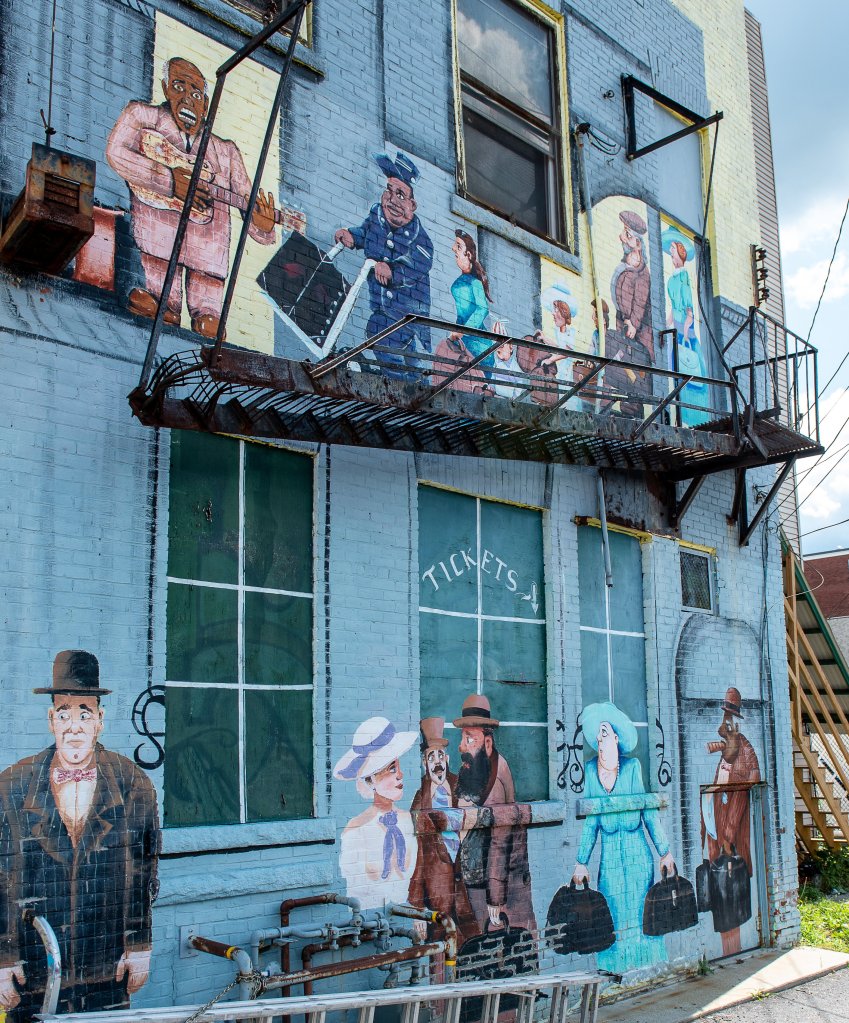
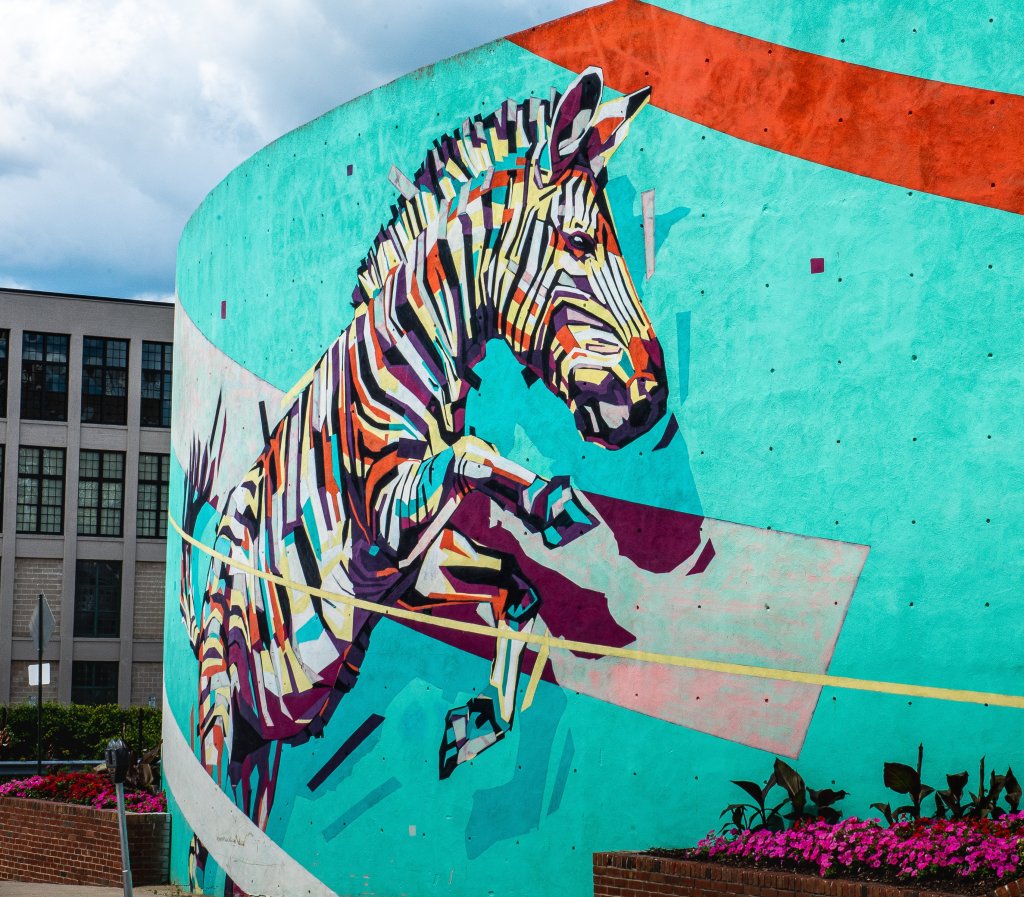


Comments are no longer available on this story